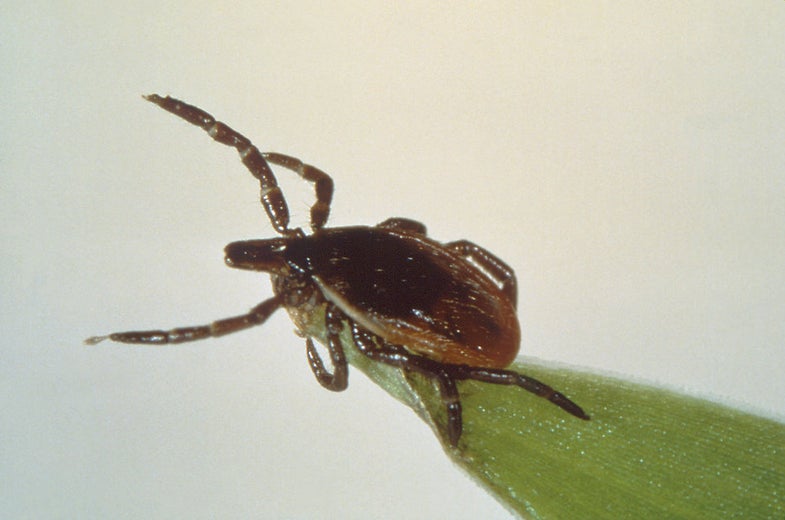Ticks Are More Likely To Transmit Lyme Disease After Sucking Your Blood
Icky

Lyme disease, a flu-like infection caused by bacteria transmitted from a tick bite, is on the rise in the U.S. In order to find better ways to prevent and treat the disease, scientists are taking a closer look at the bacterium itself.
Turns out that Borrelia burgdorferi, the spiraled bacteria that causes lyme disease, goes through a number of changes as it’s transmitted between tick and mammal, and even inside the host tick itself (depending on the tick’s digestive cycle). Now researchers have found that the bacteria is much more infectious to mice after a tick has eaten than before, according to a study published this week in Parasites and Vectors.
In the study, the researchers isolated the disease-causing bacteria from affected ticks both before and after the ticks had eaten blood (their regular diet). They then injected solutions containing the bacteria into uninfected mice.
The researchers found that the bacteria taken from the ticks after they feasted on blood were significantly more virulent than those from the unfed ticks. Just 1.5 percent of the mice became infected after being injected with bacteria from unfed ticks, while 95 percent of the mice became infected by bacteria from the fed ticks. When the researchers compared the bacteria under the microscope, they found that the outside of the bacteria was coated in different proteins.
These findings suggest that B. burgdorferi undergoes a dramatic change in the 48 hours it takes to move from a tick’s gut to saliva. The researchers hypothesize that the conditions within the tick’s body trigger a change in the bacteria’s gene expression, the same process in the human body that starts puberty or even changes with the seasons. For bacteria that want to stay alive, these changes make sense—they make themselves most infectious when they have the best access to a new host, during or after a tick feeds.
Since the study was done in mice, there’s no guarantee that infections happen exactly the same way in humans (and it would be unethical to try it on live humans). In future studies the researchers plan to look into the specific changes in gene expression that occur in the B. burgdorferi bacteria. If they can better understand the conditions that make the bacteria more infectious, the researchers anticipate that they can find novel ways of combatting it.